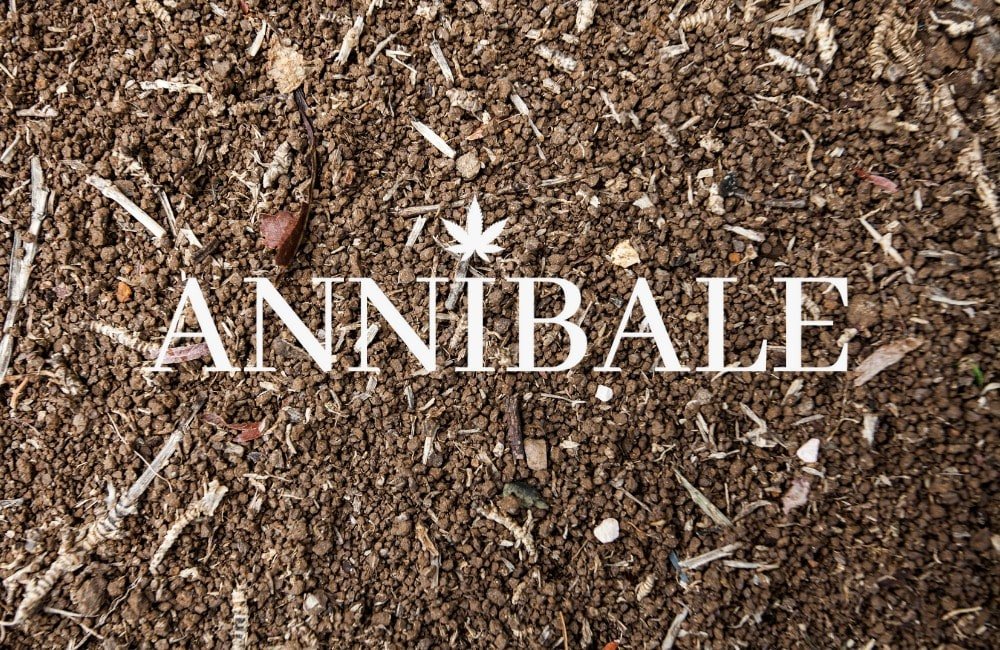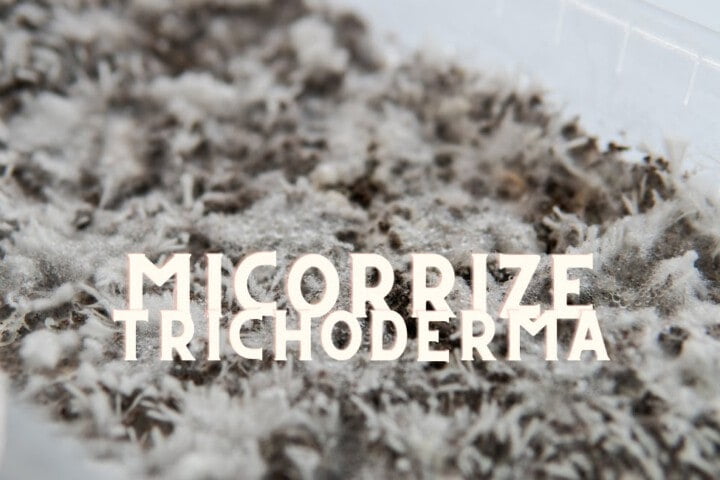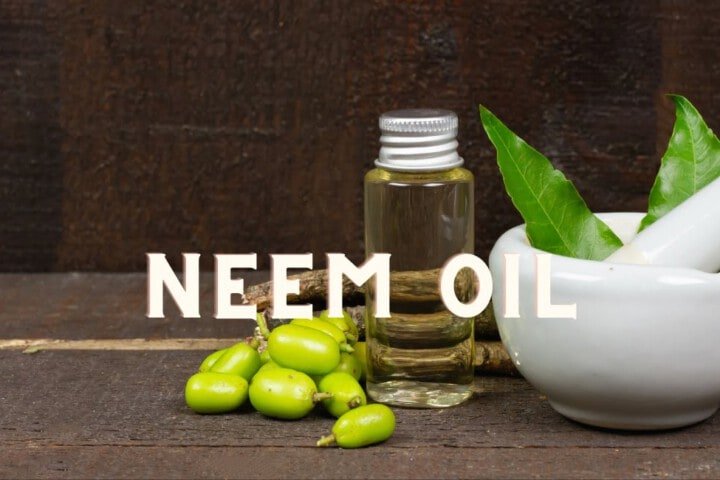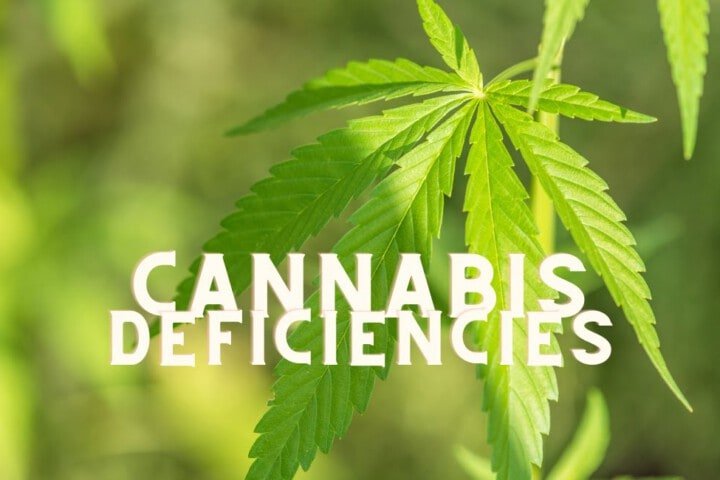Pot VS Hydroponic: Substrate in a Cannabis Growing
In the last chapter we’ve seen how to grow Cannabis, but today we’ll analyze what will be the best Cannabis substrate in Pot VS Hydroponic Cannabis grow! What are the differences between soil, coconut coir or hydroponic cultivation? What are the elements that make up the perfect substrate for growing Cannabis? let’s find out together in this Annibale’s Growing Guide’s chapter!

Characteristics of perfect substrate for grow Cannabis
Since Cannabis is a weed, it will adapt fairly well to any type of substrate. However, if you are looking for a particular quality in the final product, you will need to stock up on a good substrate or make up a valid mix yourself, so that the plants receive the necessary and optimal nutrients for their development. Cases in their own right are hydroponics and aeroponics, cultivation techniques that rely on a simple inert substrate.
“The right choice of soil can determine success and failure, as well as plays a key role in the final quality of your cannabis grow”.
To find a suitable mix, you will need to make sure that the elements that make it up provide:
- the right consistency for root development (soil aeration),
- good water retention capacity,
- a solid drainage structure,
- a stable PH (5.5 / 6.2),
- adequate nutrition.
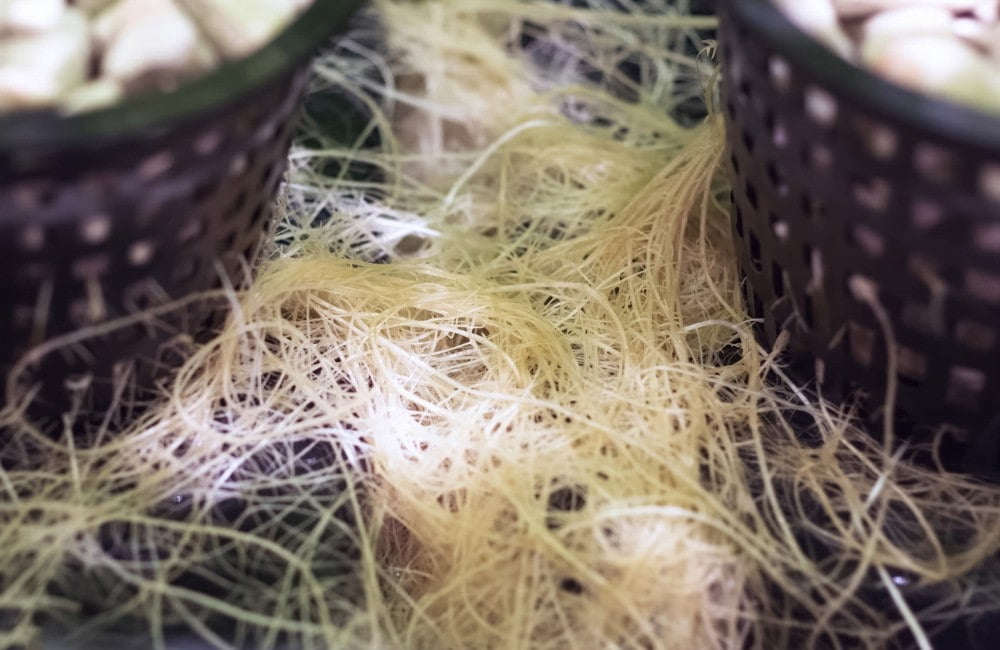
Best Substrates for growing Cannabis in pots
Let’s now quickly see together what types of substrate are suitable for growing Cannabis:
- The soil: it is the universal substrate suitable for everyone, easy to find and the most natural; ideal for novice growers. If you decide to cultivate in the ground, we recommend doing it with a soft earth, such as those of volcanic origin.
- Coir: it is the material that most resembles the earth, and that we at Annibale prefer most for our customers who are cultivating for the first time. It is produced by shredding the outer part of the coconut. With a pot of 5 liters of coconut fiber we will be able to cultivate as well as with 11 liters of soil, with the consequent intuitive savings.
- Earthworm humus: works to improve the soil since, in addition to stabilizing the pH thanks to its calcium content, it improves the structure of the substrates, increasing general water retention, radical oxygenation and more effective absorption liquid nutrients from plants.
- Bat guano: it is a product of biological origin obtained from the droppings of bats that live in caves. The nutrient content can vary depending on the feeding of the bats and the age of the guano.

Aeroponic and Hydroponic Cannabis cultivation
Aeroponics is a type of hydroponic cultivation, and it is no coincidence that these two systems often end up being grouped under the same “Hydroponics” category. The main difference between the two cultivation techniques is that Aeroponics (from the Greek word “aer”, which means air, and “ponos”, which means work) does not use any cultivation substrate: the plants are suspended in the air, and water and nutrients are delivered to the roots through a dense and fine mist.
What aeroponics has in common with hydroponics is that it is based on a highly controlled environment, where the supply of nutrients occurs through a single homogeneous solution.
To grow healthy and strong plants with this technique, the quantities of water and nutrients required are reduced to a minimum: this not only reduces costs, water and energy consumption for a more sustainable growth, but also decreases the cultivation times (as a consequence of a higher speed of plant development, cultivating with aeroponic systems saves from 4 to 10 days).

Hydroponic cultivation: the inert substrate
Hydroponics is a cultivation technique that consists in cultivating soilless plants, exploiting the properties of inert substrates, capable of retaining nutritional solutions provided at regular intervals (since inert substrates do not contain any nourishment).
Furthermore, the fertilizers that are added and retained by an inert substrate are not buffered (as happens instead in a classic soil cultivation. Consequently, the roots of Cannabis plants can assimilate the substances they need much more in hurry and with greater efficiency. However, plant roots could easily suffer from over-fertilization burns at the same time.
A hydroponic system tends to offer considerably better results than a system composed of an earth substrate, but it is a very expensive cultivation technique that requires more maintenance and skills.
In most cases, novice growers should avoid adopting this system, but if you have the money, time and skills, we recommend to adopt this growing technique.
As for the Aeroponic cultivation technique, Hydroponics allows greater and more precise control, allowing more experienced growers to obtain much larger and heavier flowers (with greater terpenes and active ingredients), and in less time than a cultivation in pot.

Best Cannabis Substrate for Hydroponic and Aeroponic
Let’s quickly analyze the qualities of the various inert substrates for growing Cannabis in hydroponics and aeroponics:
- Rockwool: you can use ir for the germination of seeds and the rooting of clones.
With this substrate the plant receives nutrients through irrigation, so the grower can be in control of all variables. Hydroponic crops, for example, require more attention than crops grown in nutrient-rich pots; - Expanded Clay balls: they are small clay balls, which resemble stones in size; one of the main advantages of expanded clay is that it can be used in any type of water recirculation system, such as perlite. The small spheres allow to keep the conductivity and pH of the nutrient solution always under control. They also offer excellent oxygenation for the roots. As a result, growth will be faster and flowering … explosive!
- Perlite: it is a particular siliceous rock of volcanic origin with high water retention full of silica. Due to its porosity, it is a light material capable of retaining a large volume of water and with excellent aeration properties.
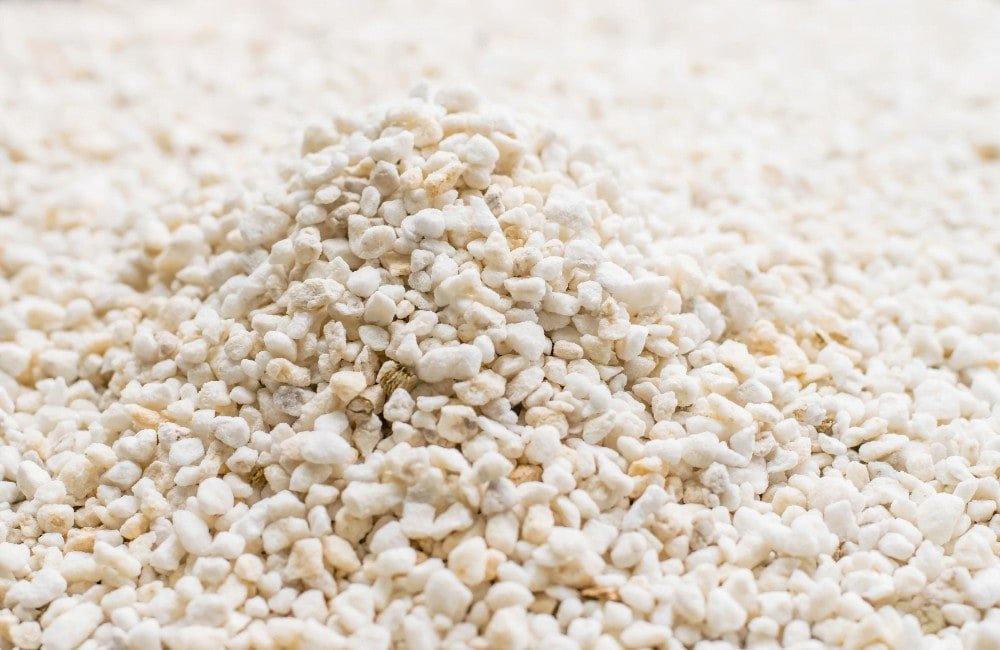
- Vermiculite: it is a natural mineral. It is among the hydrated laminar minerals, that is the aluminum-iron-magnesium silicates; makes it possible that nutrients are always available to plants when they need them.
- Peat: is the fossilization of plant residues in humid soils; according to age and carbon content, it is classified and divided into several parts: The blond peat is of recent decomposition, the brown peat is the intermediate product, the black peat is the one in the most advanced stage of decomposition.

Our special blends of substrates for Cannabis Grow in Pot VS Hydroponic:
You can make these mixes yourself, or you can buy them already made by the best companies on the market.. Tree bark, coir, perlite, vermiculite, peat, loam, silica sand and quartz usually make up the mix.
To know the composition of your bag of soil, simply read the tables on the label.
However, many professional growers prefer to manually compose their own substrate mixes as, on the other hand, the prices are quite low and you have more precise control over which compounds to add. Here we go…
Pot VS Hydroponic: the best Cannabis substrate mix according to Annibale:
Now that we know that good substrate is the key to making our plants thrive, it’s time to reveal how to make our mix at home. There are so many possible combinations, but what we at Annibale want to recommend is exactly this:
- 35% Fine grain coconut fiber
- 10% Coconut fiber large size
- 15% Fine soil
- 10% Sand
- 6% organic compost
- 15% Perlite
- 5% Vermiculite
- 4% Humus of earthworm
- + Mycorrize (1 or 2 tablespoons every 10 liters of mixture)
We of the Annibale Team care about the total customization of the customer’s purchases, and that is why from the next months you will be able to find, directly on our Shop, our packs of premixed substrate, or you can buy the explained elements by the kilo, so as to being able to comfortably choose directly from home how you want to compose your substrate!

That’s all for Pot VS Hydroponic: Substrates in Cannabis Grow! Keep following us for new article about Cannabis Vegetative Phase, see you next time!
Davide, CEO Founder & Geneticist


